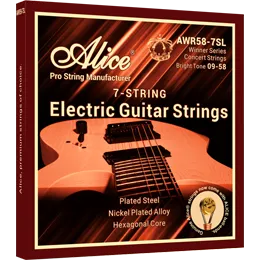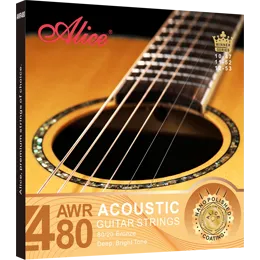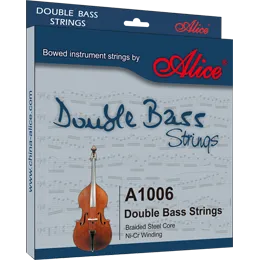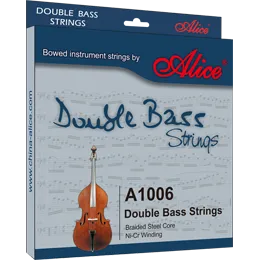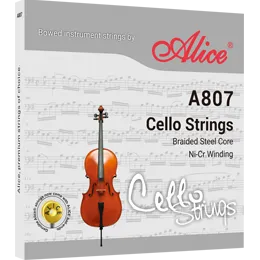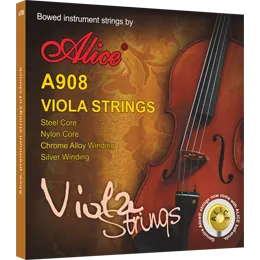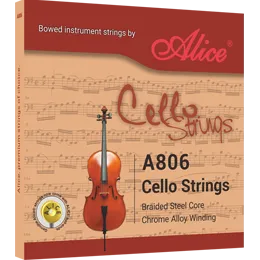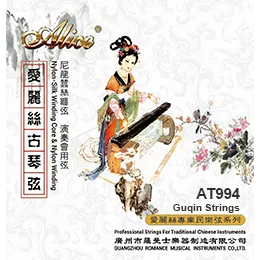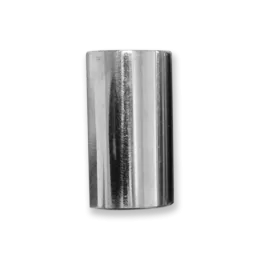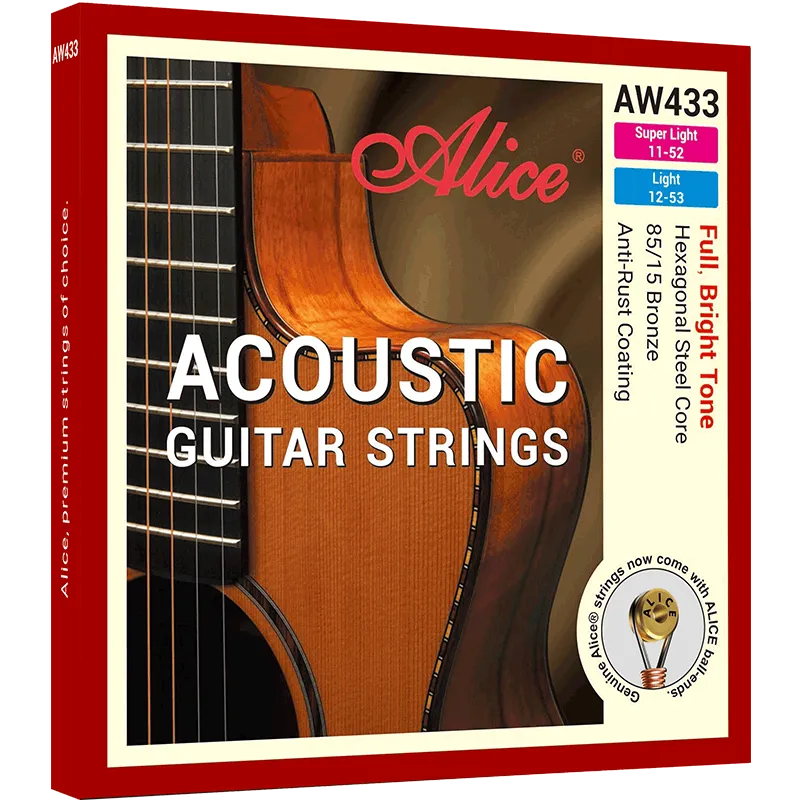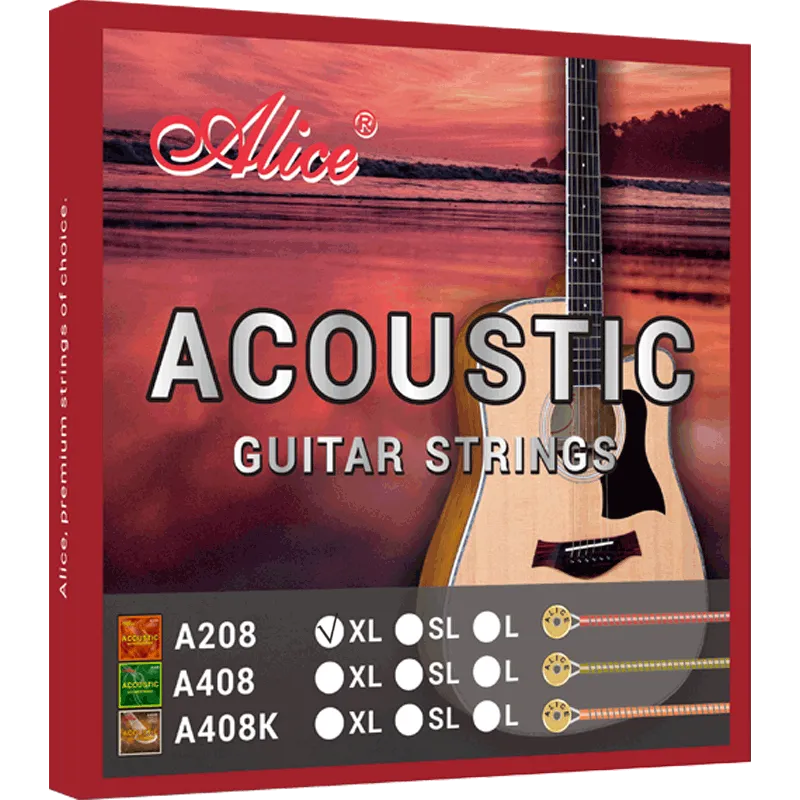5 Key Indicators to Identify High-Quality Acoustic Guitar Strings
For every guitarist, the choice of strings is one of the most important decisions that directly influences tone, playability, and overall performance. Acoustic guitar strings may look simple, but the difference between average and high-quality strings can be heard and felt immediately. Whether you are a professional performer, a studio musician, or a passionate hobbyist, learning how to recognize the hallmarks of premium acoustic guitar strings will help you achieve better sound, protect your instrument, and improve your playing experience.
Below are five key indicators to identify high-quality acoustic guitar strings:
1. Material Composition and Coating
The first thing to examine is the material used in the strings. High-quality acoustic guitar strings are typically made from phosphor bronze, 80/20 bronze, or coated alloys. Each material delivers a distinct tonal character:
80/20 Bronze produces a bright, crisp sound, suitable for players who want clear projection.
Phosphor Bronze offers a warmer, richer tone with enhanced durability due to its corrosion resistance.
Coated Strings use protective nanotechnology or polymer coatings to extend lifespan by resisting sweat, dirt, and moisture.
Premium strings often balance material and coating to achieve both tonal brilliance and long-term reliability. If the manufacturer specifies the alloy composition and protective treatment clearly, it is usually a sign of professional-grade strings.
2. Tone Consistency Across the Set
High-quality acoustic guitar strings provide consistent tone from the lowest E to the highest E. When strumming or fingerpicking, each note should resonate with balance, without any one string sounding dull or overly sharp. Inferior strings often have mismatched tension and tonal imbalance, making chords sound muddy or uneven.
Professional string makers carefully engineer winding techniques and tension control to ensure tonal uniformity. This consistency becomes especially noticeable when recording or performing live, where clarity and balance are critical.
3. String Longevity and Durability
One of the most practical ways to judge string quality is its lifespan. While all guitar strings will eventually wear out, premium acoustic strings retain their brightness and tuning stability for longer periods. Signs of durable strings include:
Resistance to rust and tarnish even after extended play.
Stable tuning after repeated bending and strumming.
Longer-lasting tonal clarity, without quickly becoming “dead” or muffled.
If your strings lose their tone within a week of moderate playing, they are likely of low quality. High-end strings, especially coated ones, can last several times longer, reducing the frequency of string changes and saving costs in the long run.
4. Playability and Comfort
Comfort while playing is another hallmark of quality. Premium acoustic guitar strings are designed with smooth winding, precise gauge control, and flexible tension, which reduces finger fatigue and improves playability.
Key aspects include:
Smooth Surface: Minimizes finger noise and makes slides easier.
Consistent Gauge: Prevents uneven tension across strings, improving tuning accuracy.
Flexible Core: Offers a responsive feel that adapts to different playing styles, whether strumming, flatpicking, or fingerstyle.
Poor-quality strings often feel rough, stiff, or inconsistent, making it harder for musicians to perform with precision and ease.
5. Brand Reputation and Manufacturing Standards
Finally, a reliable indicator of string quality is the brand’s reputation and the standards of production. Established string manufacturers invest in advanced technology, rigorous testing, and material research to deliver consistency across batches. Trusted brands are also transparent about their production process and provide clear specifications on gauges, coatings, and alloys.
Choosing strings from a reputable company ensures not only quality but also consistent supply for long-term use—especially important for professional musicians and retailers serving multiple clients.
Conclusion
Recognizing high-quality acoustic guitar strings requires attention to detail. By examining the material composition, tonal consistency, durability, playability, and brand reputation, guitarists can make informed decisions that directly impact their sound and performance.
For businesses seeking a dependable partner in string supply, Alice Strings stands out as a trusted brand in the global music industry. Known for its advanced manufacturing processes, strict quality control, and wide range of acoustic guitar string options, Alice provides professional-grade strings that combine rich tone, durability, and affordability. Whether for distribution, retail, or OEM solutions, Alice acoustic guitar strings deliver the consistency and excellence that B2B customers demand.
Relate News


Nylon Strings for Classical Guitars: Everything You Need to Know

What Are Guqin Strings Made Of?

Silk Strings, Steel Strings, and Nylon Strings: Which Is Best for Your Traditional Music Performance?

Complete Guide to Guitar String Materials

Orchestral Strings Explained: A Beginner-Friendly Guide to Violin, Viola, Cello, and Double Bass

Tone Comparison of Brass Alloy, Phosphor Bronze, and Coated Guitar Strings

How to Choose the Right Guitar Strings for Your Performance: A Scenario-Based Buying Guide

OEM Guitar String Customization: A Detailed Guide to the Process
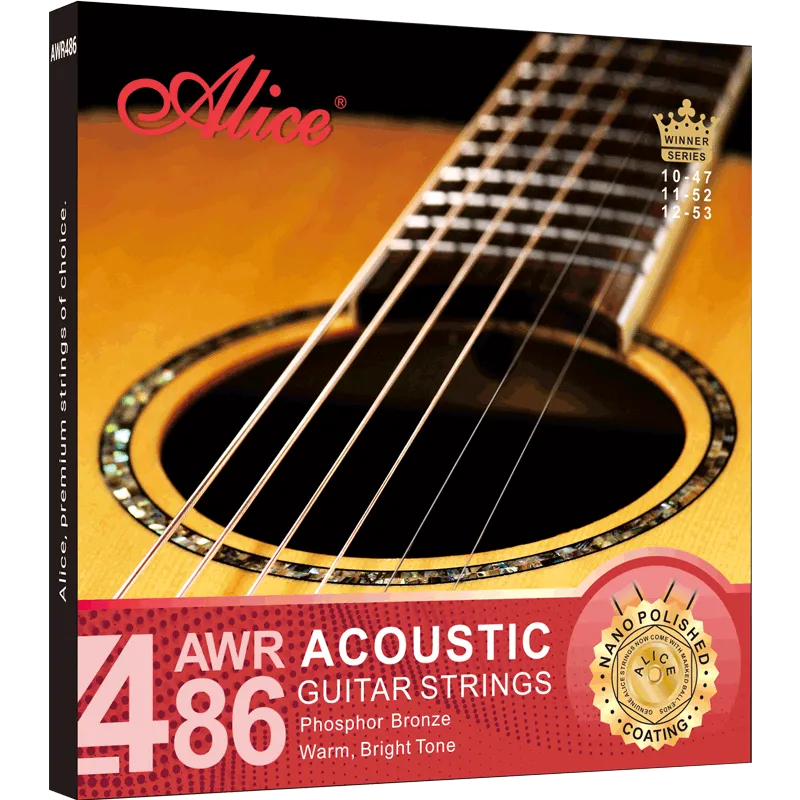
Copper Alloy vs Phosphor Bronze: Which Acoustic Guitar Strings Suit You Best?

Cello Plucking: Can You Pluck a Cello with Your Fingers? How-To And Tips



